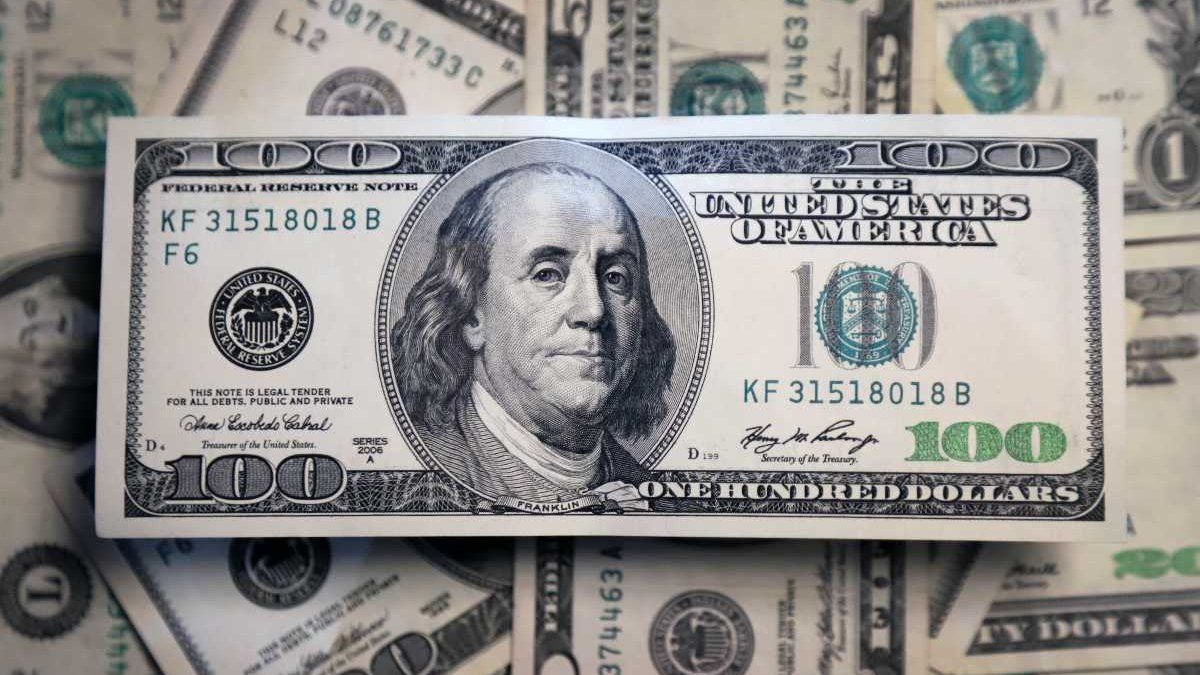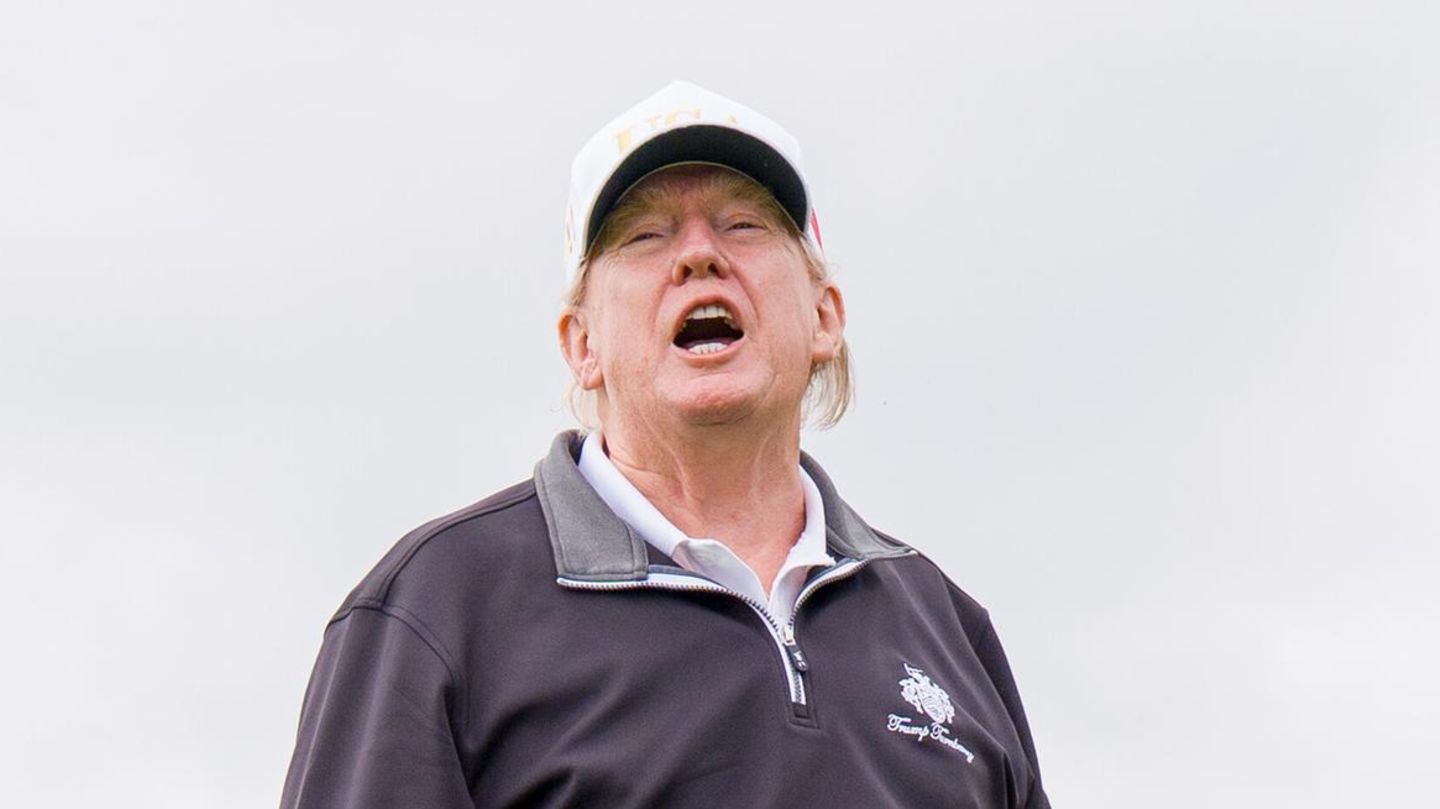If successful, the measure would serve to add supply to both markets to lower prices. More and more companies prevented from accessing the official dollar to import access foreign currency through the CCL, which implies that this market is becoming a reference for costs and transfer to prices. There is a government interest in lowering financials to reduce devaluation and inflationary expectations.
The maximum amount allowed by this mechanism will be up to US$5,000. The exchange rate will be the one that arises from operations in the financial market.
According to the Central Bank,The entities must identify the tourist by document and verify that it is not included in the United Nations lists in the fight against terrorism, and that it does not reside in countries or territories marked by the International Financial Action Task Force. Also, must require a sworn statement stating their status as a tourist and that, in the last 30 days years and in the group of entities has not carried out operations that exceed the equivalent of US$5,000.
The BCRA stated in a statement that to speed up customer service, the entity may settle the operation based on the “reference prices available at that time.” and then “must specify the operations with securities within two business days of being entrusted by the tourist. In addition, for each operation, a ticket must be made. The statement does not clarify whether the entity will have to go to the Cash with Liquidation (CCL) market or to the “Dollar Stock Market”, although according to sources from the entity, this second market will be the reference market.
The measure implies a recognition by the government that there is a legal exchange rate determined by a free supply and demand market that is higher than the official one. But the scheme that was launched is not a traditional exchange operation in which an entity buys and sells foreign currency, but rather a financial type.
The speculation of some market analysts is that it is a scheme that could be extended to other exporting economic sectors to speed up the entry of foreign currency.
CEDEARs
In addition, the Board of Directors of the Central Bank decided include the possession of the Argentine Deposit Certificates (Cedears) in the availability limit of 100,000 dollars that the companies that access to the official exchange market.
At the same time, the monetary authority ordered include those instruments that cannot be traded in the 90 days prior to or in the 90 days following access to the official market.
The dispositions take place at a time when an exchange rate run triggered the values of the US dollar in the alternative markets, with the blue at $337, and the CCL, at $330 (although it exceeded $340 on the day), which leaves a gap with the official segment close to 160%, maximum in 40 years.
The Cedears are financial assets with local operations, which represent ordinary shares of companies listed abroad. They are traded both in pesos and dollars, although it is worth noting that currently the largest volume of operations is in pesos.
They are a financial vehicle that, both savers and companies, they use to dollarize their portfolios (adjusted by the CCL dollar, in addition to the variations that the share they represent has in the market of origin), and that They have gained great prominence since the tightening of the exchange rate in October 2020. In fact, for almost two years they have exceeded local shares in BYMA in volume.
cryptocurrencies
But it also freed up the exchange market for companies that must pay for supplies in transit, although with a special paragraph for crypto assets.
Although the Government enabled companies to trade up to $100,000 for your goods in transitbut also listed a series of “buts” that disable access to the official dollar for imports.
Among these clauses, BCRA Communication A 7552 authorizes any company that: “has not acquired securities representing private debt issued in a foreign jurisdiction; vii) has not delivered funds in local currency or other local assets (except funds in foreign currency deposited in local financial entities) to any human or legal person, resident or non-resident, linked or not, receiving as prior or subsequent consideration, directly or indirectly, by itself or through a related, controlled or controlling entity, external assets, crypto assets or securities deposited abroad”.
Santiago Manoukian, from Ecolatina, stated in statements to Ámbito that the measure is “little to taste” based on the current problems that the economy is going through. During the day the “blue” dollar jumped to $338 and stood at $337. When Economy Minister Silvina Batakis took office, it was $245. The official finished defining the measure in a morning meeting with her team, which included the Minister of Labor, Claudio Moroni; the Legal and Technical Secretary of the Presidency, Vilma Ibarra; the president of the Central Bank, Miguel Pesce; the head of the Federal Administration of Public Revenues, Mercedes Marcó del Pont; the president of the Bank of the Argentine Nation, Eduardo Hecker; the head of the National Securities Commission, Sebastián Negri; and the chief of staff of the Ministry of Productive Development, Camila Cabral.
Manoukian stated that the government “wants to avoid the jump” in the exchange rate but considered that the minister’s deadlines are shortened. Until the fiscal measures that he announced can have some result, it will be a couple of months. Therefore, he suggested that the Economics team should have “strong political support.” Paula Gándara, Adcap economist, said, on her side, that “the Government is going to delay the exchange rate jump as much as possible.” The economist estimated that the devaluation of the exchange rate is of the order of 5% per month against an inflation of 7%, for which she suggests that the entity that leads Pesce is going to try to speed up what is called “crawling peg” (the slide officer’s administration).
According to data from the Central, between January and May, US$2.626 million went away for emissive tourism, consumption with credit cards and transportation. On the contrary, for the same reasons, foreign tourists They barely entered US$163 million. That’s because visitors from neighboring countries come with dollars in cash and exchange them on the informal market, then book hotels and travel in the country, which is extremely cheaper for them.
Differentiated dollar for agriculture?
On the other hand, official sources came out to reject the possibility of enabling a differentiated exchange rate for agriculture to liquidate part of the harvest it has saved and attributed these versions to speculation aimed at forcing the exchange market by restricting the supply of foreign currency.
“It is a great nonsense about the dollar for agriculture, there is nothing like that,” national government sources told Télam when they came across notes published on various portals with versions about a special dollar for producers and cereal companies with a between 30% and 40% of the official exchange rate.
“No measure is being evaluated that implies improving that exchange rate for agriculture. It is part of a speculation aimed at forcing the exchange market by restricting the supply of foreign currency,” the sources remarked.
Source: Ambito
David William is a talented author who has made a name for himself in the world of writing. He is a professional author who writes on a wide range of topics, from general interest to opinion news. David is currently working as a writer at 24 hours worlds where he brings his unique perspective and in-depth research to his articles, making them both informative and engaging.




